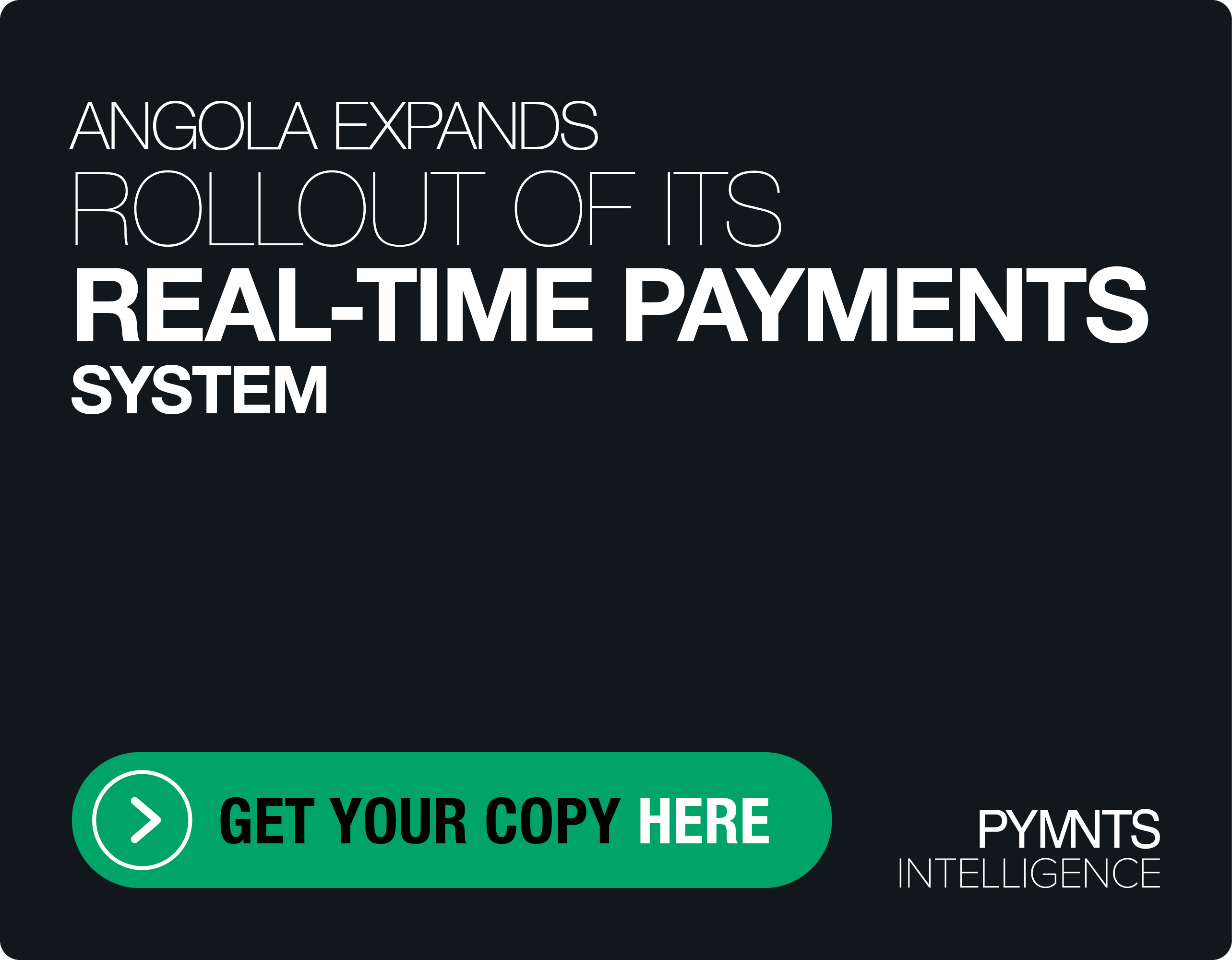Capturing The Great White Whale Of Beacons
Are you down with MOHBE? Oh, don’t know what that is? Well, lean in. MOHBE is the acronym for consumer engagement strategies that incorporate Mobile, Out-of-Home and Beacons, and it’s transforming how retailers and their consumers engage. Gimbal explains how companies can take advantage of the monstrous opportunity that MOHBE provides.
Out-of-home (OOH) media used to mean billboards, placards, and then video displays…but the advent of mobile technology has made it so much more.
Mobile and beacon technologies are transforming OOH media, turning it into MOHBE: Mobile + Out-of-Home + Beacons. With beacons as the unifying force enabling advertisers to engage consumers on the go with timely, relevant and even personalized ads, messages and offers, MOHBE offers significant advantages — including greater precision in targeting, richer data and measurable results — to advertisers, mobile app publishers, and OOH media properties.
That is the finding of a new Gimbal white paper: “Watch This Space: How Mobile and Beacons Are Enhancing the Value of Out-Of-Home Media.” In it, Gimbal shares industry leaders’ perspective on MOHBE, and offers an informative primer on beacons (including their various platforms and illustrative use cases), along with the 5 stages of integration between mobile, beacons and OOH.
MOHBE IN 5 EASY STEPS
1. Geo-Targeted OOH. Geo-targeting enhances the precision of OOH audience targeting and the estimated impact of OOH media.
2. Adaptive DOOH. Digital OOH (DOOH) advertising utilizes data from mobile users to adapt to audiences by both location and time, able to dynamically adjust to address the majority of the particular audience that is encountering it.
3. Interactive (Mobile + OOH). Mobile devices allow consumers to interact with OOH ads both static and digital, increasing the reach, engagement and conversion rates of OOH media.
4. Linked (MOHBE). Beacon-enabled OOH media benefits advertisers by yielding precise data related to exposure and triggering automatic consumer engagement, among other factors.
5. Unified (MOHBE with Programmatic). Programmatic platforms allow advertisers to use real-time bidding to automatically purchase digital inventory — and OOH is beginning to integrate them.
WHY OOH STANDS OUT
The white paper goes on to share 7 characteristics that distinguish OOH advertising in today’s crowded media landscape: Reach; Visibility; Targeting; Dwell Time; Path-to-Purchase; Engaging; and Utility, providing supportive data and examples for each particular case.
CAPITALIZING ON THE OPPORTUNITY
The Gimbal white paper also makes specific recommendations for advertisers, mobile apps, and the OOH ecosystem as to how to best take advantage of the opportunity that MOHBE technology offers.
For advertisers, it offers more granular data for targeting, allowing them to leverage the consumer’s history, location and context, as well as allowing the brand to engage with consumers in personalized and frictionless ways. The white paper highlights numerous examples of different brand categories and product type, showing how each one specifically benefits from MOHBE.
For mobile apps — which many advertisers rely on as partners — MOHBE offers a number of significant benefits, including more personalized user experiences, offers and content from brand partners tailored to the user’s precise location, as well as additional revenue from in-app ads, push notifications and app downloads, among other sources.
Industry leaders in the OOH ecosystem, meanwhile, are in a unique position to drive adoption of MOHBE and “beaconize” OOH media. Integrating beacons into OOH and working closely with brands and their agency partners will help them recognize, test and prove the benefits of MOHBE to consumers and advertisers. If industry incumbents don’t seize that opportunity at once, it’s likely that an outsider will swoop in and disrupt the status quo.
CHALLENGES FOR THE INDUSTRY AND ITS PARTNERS
The sizable opportunity that MOHBE offers advertisers, mobile app publishers and OOH media properties cannot, of course, be fulfilled without first addressing some obstacles — all which the Gimbal white paper explains in congress with appropriate strategies.
Consumer Experience. Consistently delivering a positive one may be the single most important challenge related to MOHBE.
Securing Beacon Networks. Security must be implemented to prevent third parties and even competitors from intercepting and “hijacking” beacon signals in invisible and potentially harmful ways.
Managing and Protecting Data. In addition to security, additional complexities — such as which data to capture, where it is stored, and who has access to it, among many other elements — must be considered.
Beacons and Privacy. Although beacons do not capture nor do they store any data on consumers, mobile apps paired with them are in a position to observe new types of user behaviors and therefore the OOH industry and its app partners must protect consumers’ privacy by adopting and adhering to best practices — which the Gimbal white paper summarizes.
To download the white paper, click here.
